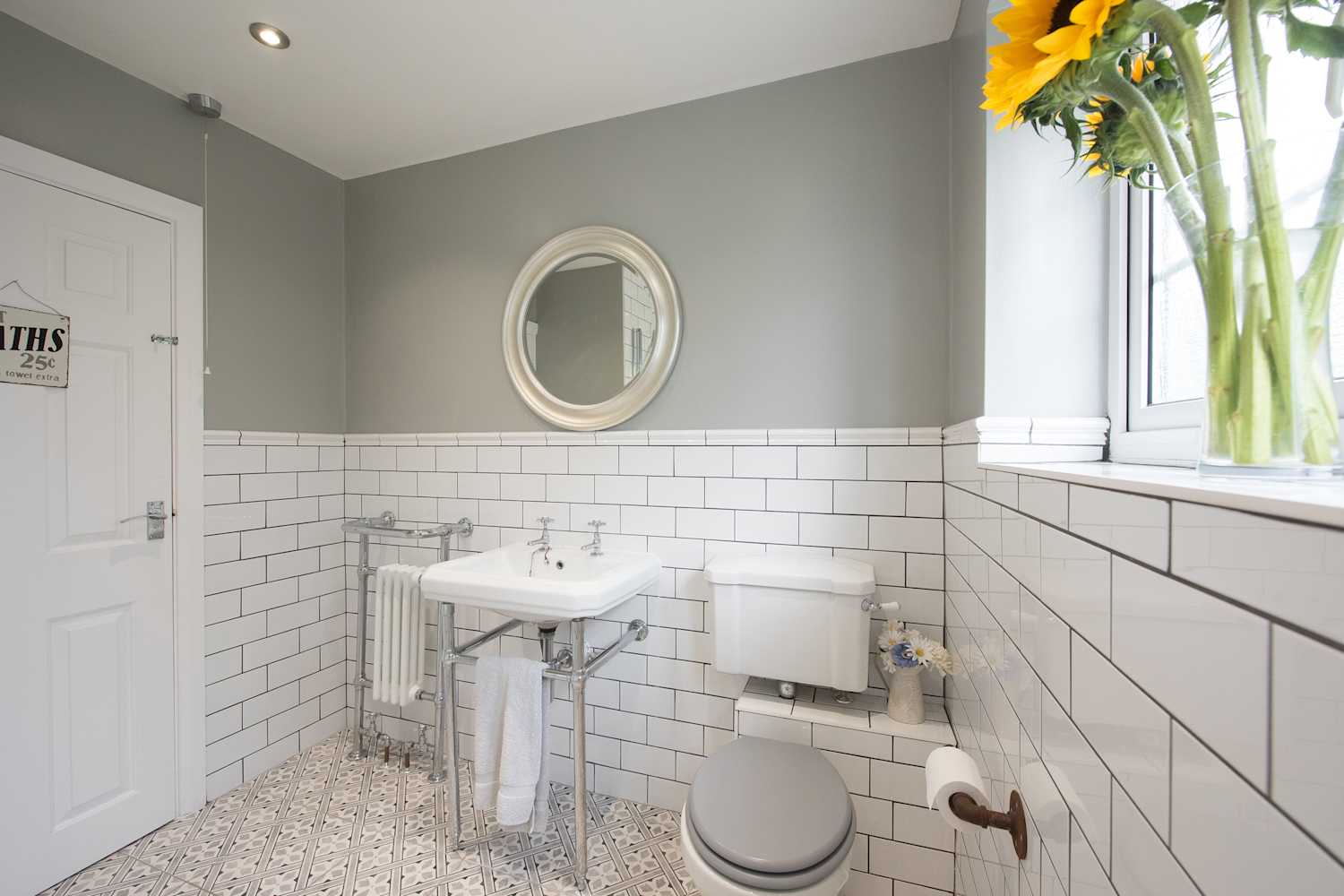
""The guy in the tile shop warned me," Cooke shared on Instagram. "I still did it anyway. One thing that hasn't helped is the floor [underneath]. We didn't level it; just screwed [the] tile backer board down, which has a bit of bounce in it.""
""Floor tiles are designed to handle foot traffic, so they are more durable and slip-resistant," he says. "However, not all wall tiles are suitable for use on [the] floor, as they may not be durable, slip-resistant, or flat enough for floor use.""
""We recommend porcelain, which is known for its durability, marble for its timeless look, slate for its natural texture and slip-resistance, and terracotta for a more rustic and handmade feel," he says."
A tile installation failed in part because the subfloor was not leveled and the tile backer board allowed bounce, causing cracking. Twelve tiles required removal and reinstallation with wetter adhesive, followed by eventual re-grouting. Floor-rated tiles can be used on walls, but wall tiles should not be used on floors because they often lack durability, slip-resistance, and sufficient flatness for foot traffic. Fragile materials like glass, mother of pearl, and mirrored tiles suit backsplashes but not floors. Recommended floor materials include porcelain for durability, marble for appearance, slate for texture and slip-resistance, and terracotta for a rustic feel.
Read at Apartment Therapy
Unable to calculate read time
Collection
[
|
...
]